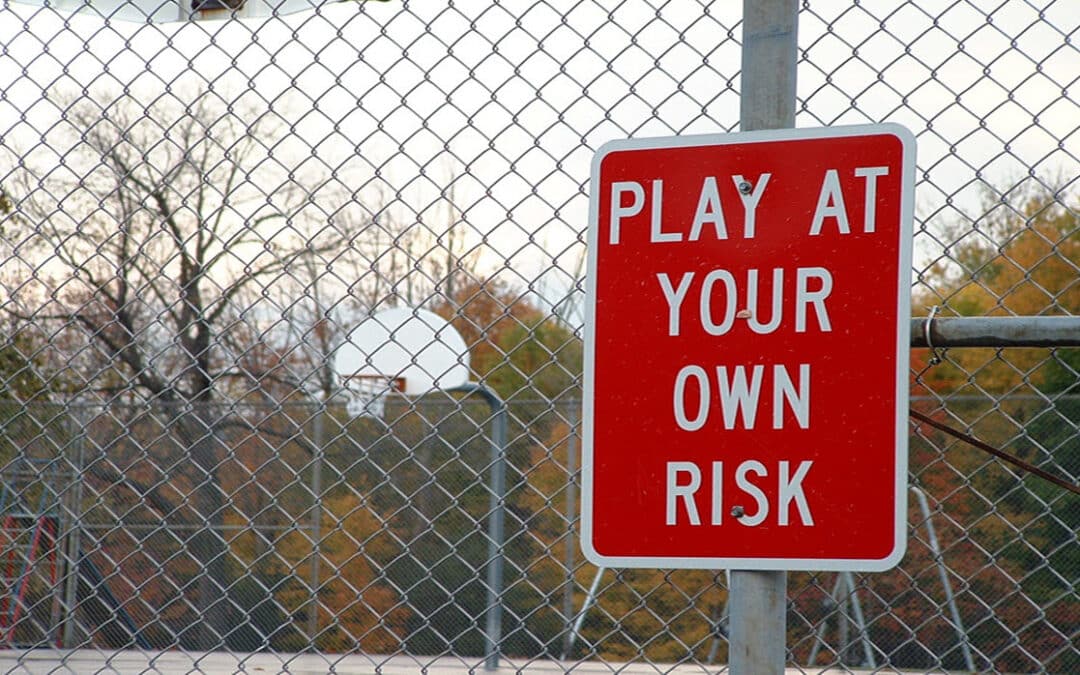I sat down earlier this week with an individual company 401(k) participant. Male, 59 years old, current 401(k) account value over $1.2 million.
After the usual chit chat ended, I asked about his 401(k) investment management objectives. A strategy for the preservation of his 401(k) principal for the rest of his working career.
Immediately, he reached into the credenza behind his desk. He then pulled out a 2-inch-thick bound book. Stating the book contained his “financial plan.”
I congratulated him on the time and effort. Necessary to put together such a complete document. I then asked him if the plan included a stock market risk management strategy for his 401(k).
With a confused look on his face, he finally answered “No.”
So, a 2-inch-thick bound book (alternate use; a doorstop). Intended for his non-retirement investments. Current market value around $300,000.
No such document or strategy for his over four times greater dollar amount 401(k) account. More buy-and-hope. The main hope was a firm retirement date before the next great stock market decline.
(Full Disclosure. The financial plan did not include a stock market risk management strategy either).
I don’t get it!
My first thought was the timing of this meeting. What if I would have met this 401(k) investor in early 2022. Before the 20+ percent stock market losses. Suffered across all styles and sizes of 401(k) mutual funds.
The lesson from last year should be clear. Stock market risks need management. A strategy to limit potential future 401(k) principal loss. Especially in a 401(k) retirement account. So close to a desired retirement age.
Stock market risk is never eliminated. But it sure can be reduced. Managed to a level where you can still sleep at night.
Leather-bound financial plans are great. In most cases, worth the time, effort, and expense.
So are many other financial buzzwords, talking points, and sales jargon. I speak of rebalancing, asset allocation, and diversification.
All useful tools. None successful without a stock market risk management strategy. That includes 401(k) stock market risk.
Set a 401(k) “stop loss.” The dollar amount or percentage of your 401(k) account principal you are willing to lose. But not more than that amount or percentage.
For my 401(k) advice clients, I use a stop loss in the range of 10-15%. From the most recent 401(k) account record levels.
Rising stock markets lately. Along with record low interest rates until very recently. Your “all-time” high 401(k) account balance was likely reached in the last couple of years.
So, how much of a loss from those record levels are you willing to take?
It is a simple question. You don’t need an MBA. Or to follow the stock and bond markets on a daily basis to provide the best answer for you.
Set your 401(k) “stop loss.” At the financial or emotional level. However, you best make your financial decisions. The sooner the better.
Ric Lager
Lager & Company, Inc.
I have spent the last several years trying to figure out the best way to share my 401(k) advice content. I have tried Twitter, Facebook, company web site, and LinkedIn Groups. I now realize nothing beats a well-crafted newsletter delivered to your inbox once a week.
Sign-up here.

